Sharing knowledge from decades of experience could benefit the entire continent
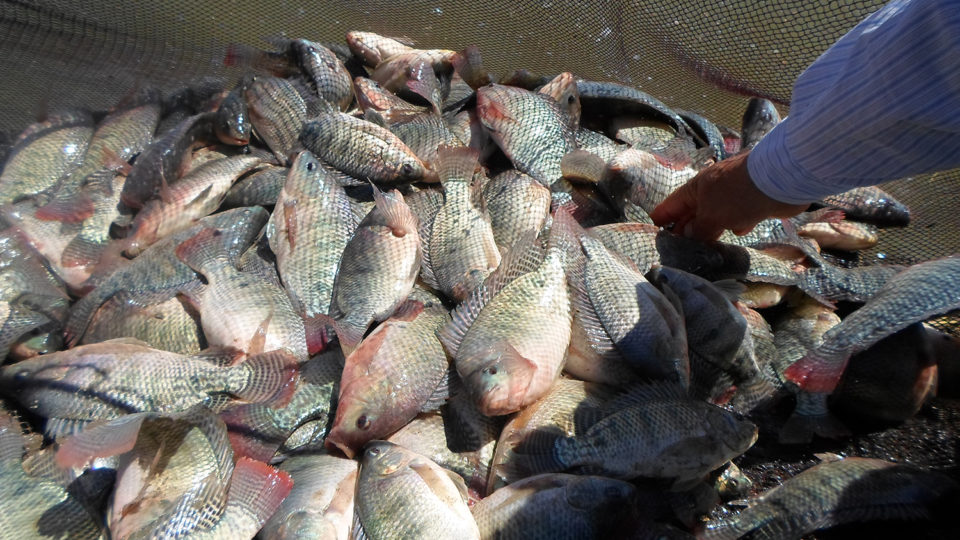
Tilapia culture has been practiced in Egypt since the beginning of recorded history. Aquaculture research started in the 1930s, while modern commercial tilapia culture started in the late 1950s. Nile tilapia is, essentially, the only tilapia species cultured in Egypt, and culture of other tilapias – like blue tilapia and hybrid tilapia – is almost nonexistent.
Tilapia culture has been expanding at a progressive rate since the 1990s, with an annual growth rate of over 16 percent during the past 10 years. As a result, the production of farmed tilapia in Egypt increased from 258,925 metric tons (MT) in 2006 to 875,513 MT in 2015, representing about 75 percent of the country’s total national aquaculture production (Fig. 1).
Tilapia production in Egypt also represented 81 percent of total tilapia production in Africa in 2015 (875,513 MT vs. 206,608 MT, respectively). Egypt is currently ranked as the third-largest tilapia producer globally, behind only China and Indonesia.
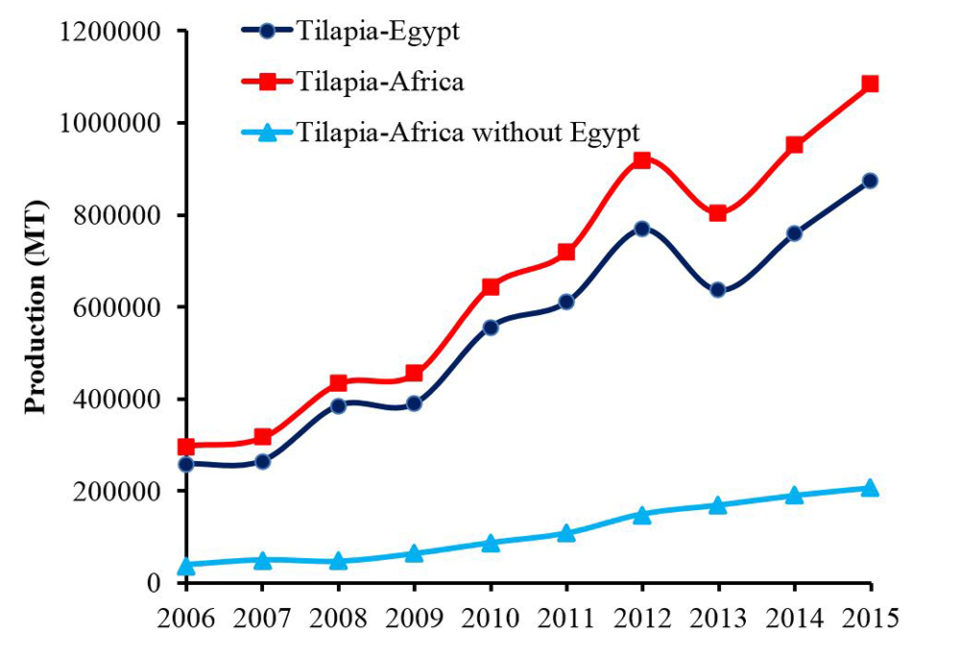
Reasons for Egypt’s success
The thriving tilapia culture in Egypt is due primarily to unique characteristics and conditions, including:
- Long-term, cumulative experience and practice
- About 99 percent of tilapia culture is practiced by the private sector, the clear majority of which are small-scale producers
- Use of simple farming technologies and systems, with semi-intensive systems being most common, followed by cage culture
- Seed production is simple and easy
- Sufficient, quality commercial feeds currently available
- Governmental support and dedication
- Favorable environmental and climatic conditions
Production technology
Nile tilapia are reared both semi-intensively in earthen ponds and intensively in cages, ponds and concrete tanks, and in integration with terrestrial crops. Under the semi-intensive production system, both tilapia monoculture and polyculture with carps and mullets are commonly practiced.
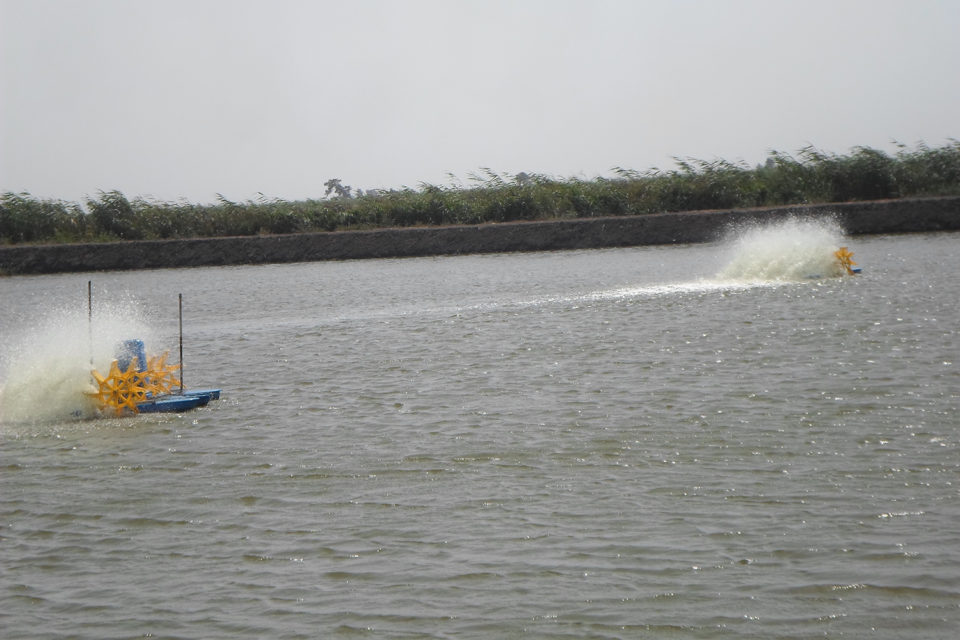
Stocking densities vary significantly, depending on pond size, depth, initial fish size and culture conditions. Tilapia pond fertilization with organic and inorganic fertilizers has been widely adopted, but this practice is diminishing because many farmers have abandoned pond fertilization, and currently depend mostly on commercial tilapia feeds.
Both extruded (floating and sinking pellets) and pressed feeds (25-30 percent crude protein) are used. Manual feeding and demand feeders are commonly used for feeding farmed tilapia. The yield ranges from 5-9 MT/hectare/cycle, depending on initial fish size, stocking densities, water quality and feed and feeding management.
Intensive culture of Nile tilapia in floating cages is also widely practiced. The fish are stocked in floating cages at a density of 60 to 100 fish per cubic meter to yield 25 to 40 kilograms per cubic meter. Intensive tilapia culture in earthen ponds, tanks and recirculating systems is slowly spreading in Egypt. Nile tilapia (2 to 20 grams) are stocked in the ponds at a density of 50,000 to 100,000 fish/ha. The ponds and tanks are provided with aeration and processed feeds. The fish grow to 200 and over 300 grams in five to eight months, yielding from 15 to over 20 MT/ha. Tilapia co-culture with land crops, such as rice and wheat crops, is also expanding.
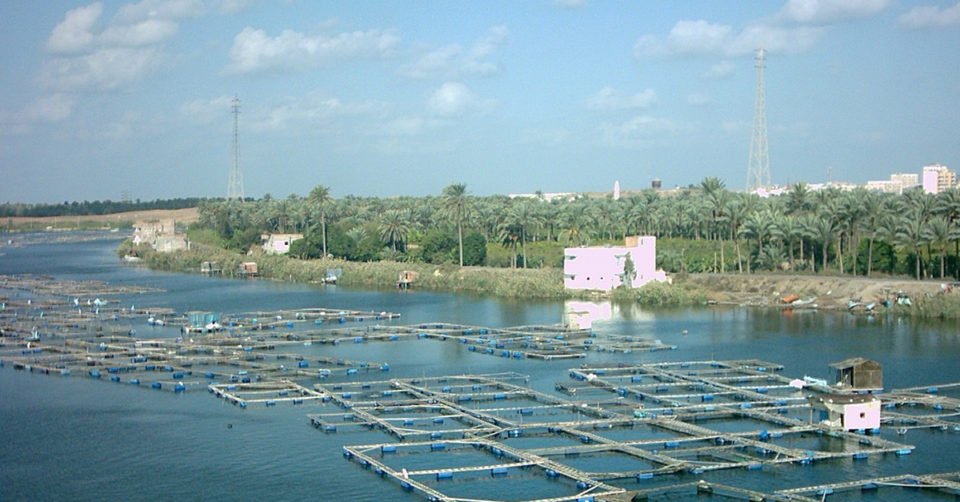
Tilapia culture in Egypt is practiced mainly by the private sector, using simple farming technologies. Small farmers, mostly illiterate or with limited education, are nevertheless the driving force of tilapia production. These farmers have gained broad and significant experience through trial and error, and can efficiently apply this know-how.
Africa’s constraints to industry development
If we look at aquaculture in general in Africa, and tilapia culture in particular, we can easily recognize the following major constraints that hamper the development of this industry.
- Scarcity of quality seed. Seed is the first limiting factor in tilapia culture. In Africa, dedicated commercial hatcheries are limited. The tilapia seedstock produced are generally of poor quality and insufficient in number, and many also have various genetic issues such as inbreeding.
- Quality feeds are neither available nor affordable. Most tilapia farmers in Africa rely on farm-made aquafeeds, which are almost always of poor quality and typically made following poor procedures. Commercially produced or imported quality feeds are extremely expensive and not affordable for most farmers; and these feeds are also not always available.
- Access to land and water. The competition for land and water resources by multiple users is extremely high, leaving little room for aquaculture. Uncertainty regarding land ownership or lease, and potential conflicts with other users, are other crucial issues.
- Poor logistic infrastructure. Including fish and feed handling, transportation, storage, electricity, roads and others.
- Poor capacity building programs for all stakeholders. Including fish farmers, feed producers, traders, administrators, researchers and others.
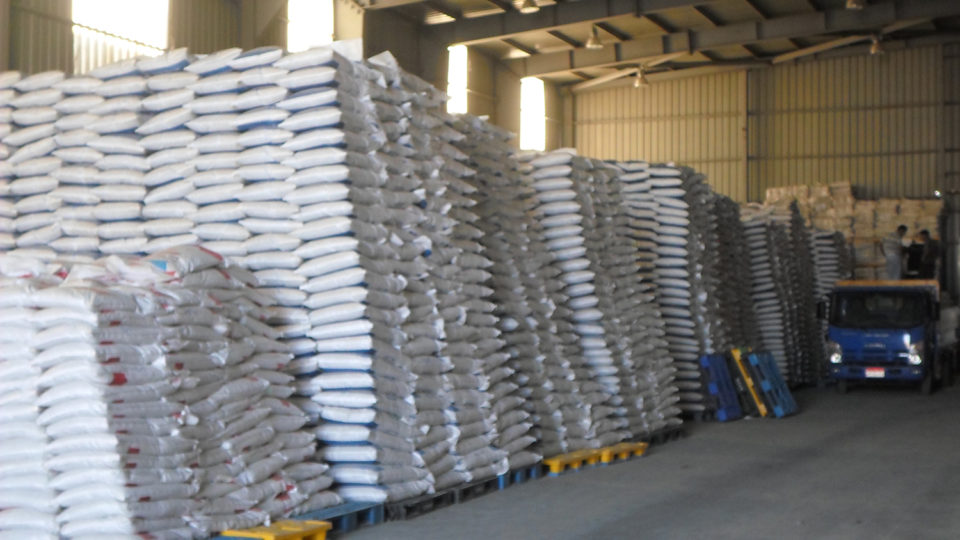
What can Egypt do?
Despite these constraints and challenges, there are still many similarities between the attributes and criteria of Egyptian and African tilapia culture systems. I believe this simply means that the success of tilapia culture in Egypt can be easily transferred to, and duplicated in, the rest of Africa.
Taking advantage of the prevailing favorable environmental conditions, local availability of several farming inputs and the Egyptian experience, we can make tilapia culture in Africa a real success. The role of Egypt in this regard could be:
- Providing training and capacity building to all stakeholders (fish farmers, managers, feed producers, administrators and others). Training can be provided through governmental institutions (such as the Agriculture Research Center, the Central Laboratory for Aquaculture Research, and Universities). The WorldFish also provides training very often. In addition, private training centers, such as the “Egyptian Aquaculture Training Center” in Kafr El-Shaikh offer training programs. This center has already trained some fish farmers from Benin. The director of the center (Dr. Ismael Radwan) was also invited to Benin to assist in the instillation of tilapia culture facilities and transfer farming technologies. As a result, tilapia production in Benin has increased four folds in just two years, from 300 MT in 2012 to over 1200 MT in 2014 (Fig. 2). This is a clear example of what training can do to promote this industry.
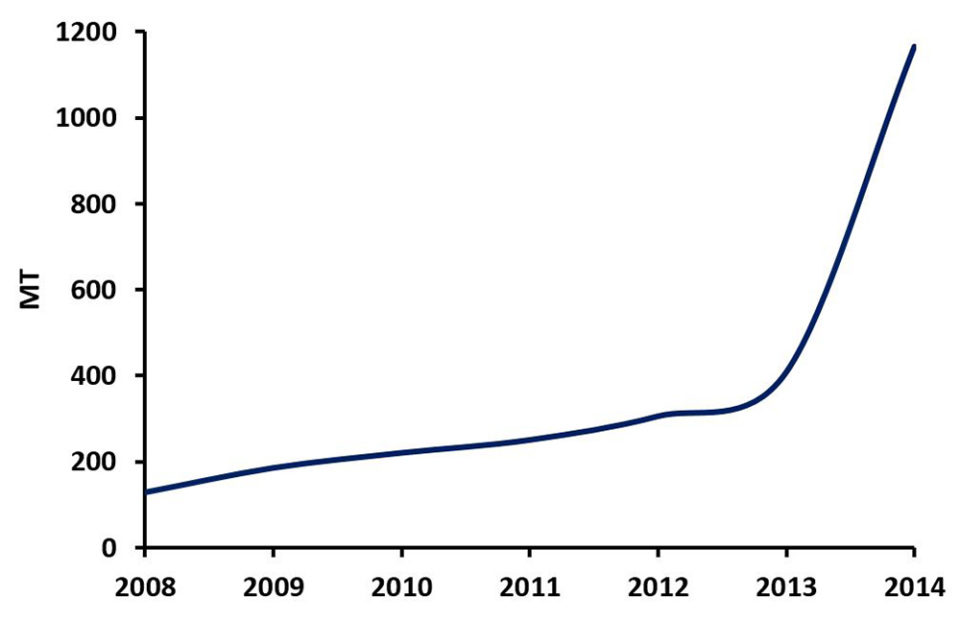
- Scholarships for undergraduate and graduate students. Most Egyptian universities have undergraduate and graduate aquaculture program. They can offer short-term or long-term scholarships for African students and researchers. Some of these universities already host some African students.
- Joint projects and investment. Putting in place Egyptian and African partnerships for promotion and support of tilapia culture would be a major breakthrough for the development of the industry. Joint research projects would also be another significant step forward.
- Exporting farming inputs. Many available farm inputs, such as extruded feeds, demand feeders, feed additives and others can be easily exported to Africa at much lower prices than importing them from Europe, China and the Americas.
Of course, many other support activities are possible and could be done, but starting with these issues above, or at least some of them, could just be the beginning of this important journey.
Now that you've reached the end of the article ...
… please consider supporting GSA’s mission to advance responsible seafood practices through education, advocacy and third-party assurances. The Advocate aims to document the evolution of responsible seafood practices and share the expansive knowledge of our vast network of contributors.
By becoming a Global Seafood Alliance member, you’re ensuring that all of the pre-competitive work we do through member benefits, resources and events can continue. Individual membership costs just $50 a year.
Not a GSA member? Join us.
Author
-
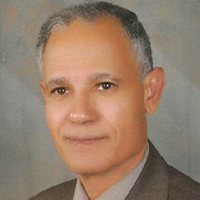
Dr. Abdel-Fattah M. El-Sayed
Oceanography Department
Faculty of Science
Alexandria University
Alexandria, Egypt
[109,111,99,46,108,105,97,109,103,64,100,101,121,97,115,108,101,109,102,97]
Related Posts
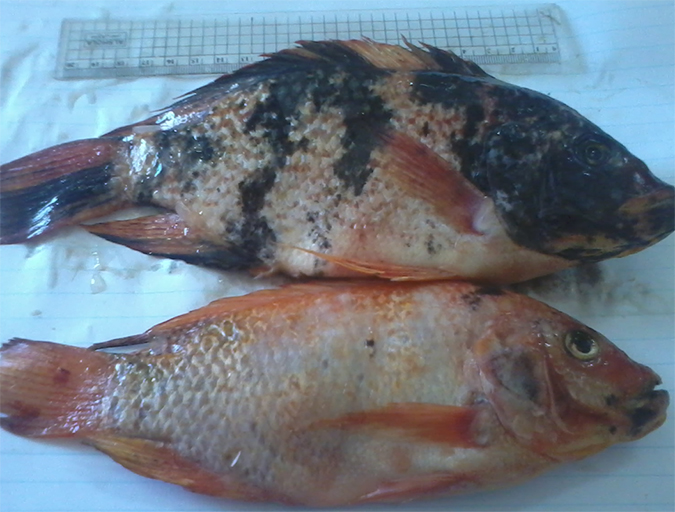
Responsibility
Genetic improvement aids red tilapia growth in Egypt
A new breeding program for genetic improvement of red tilapia was established at the Fish Research Center (FRC), Suez Canal University, in Ismailia, Egypt. It aims to improve the growth rate of the fish and to provide significant benefits to tilapia farmers.
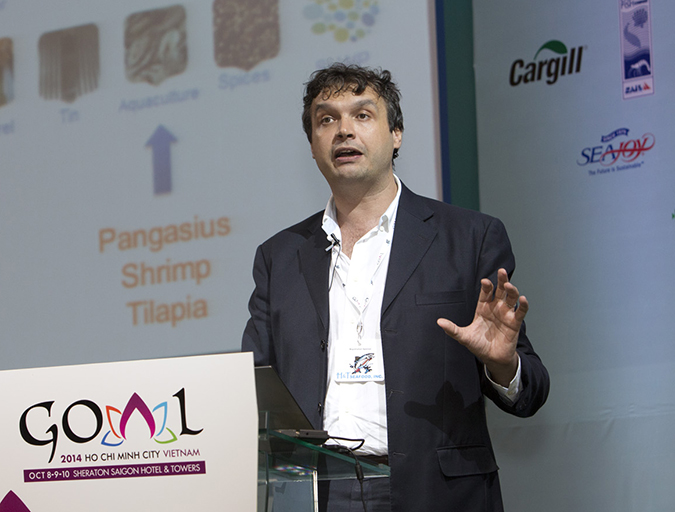
Innovation & Investment
Aquaculture Exchange: Flavio Corsin, IDH
IDH Vietnam Manager Flavio Corsin speaks passionately about the importance of controlling disease and getting all stakeholders to put competition aside and pull on the same end of the rope. Improvement initiatives for pangasius, shrimp and tilapia are among the Dutch sustainable trade organization’s priorities.
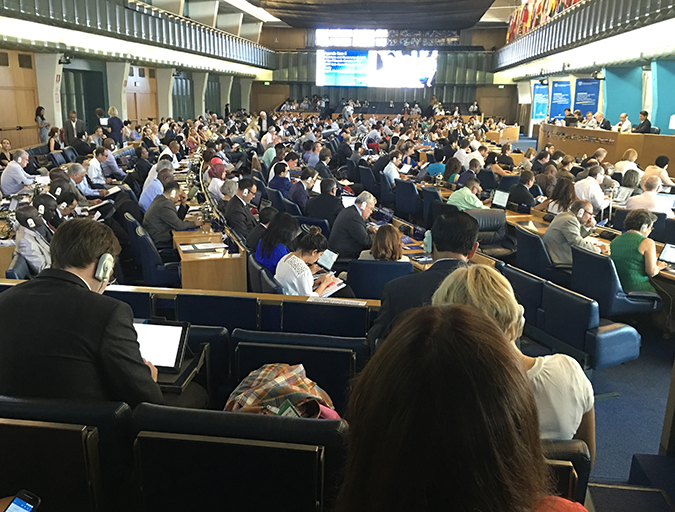
Intelligence
COFI 32 presents an opportunity to promote seafood
Writing from Rome at the United Nations’ Food and Agriculture Organization’s COFI 32 conference, Advocate contributor Roy Palmer solicits input on how to promote the health benefits of seafood consumption worldwide.
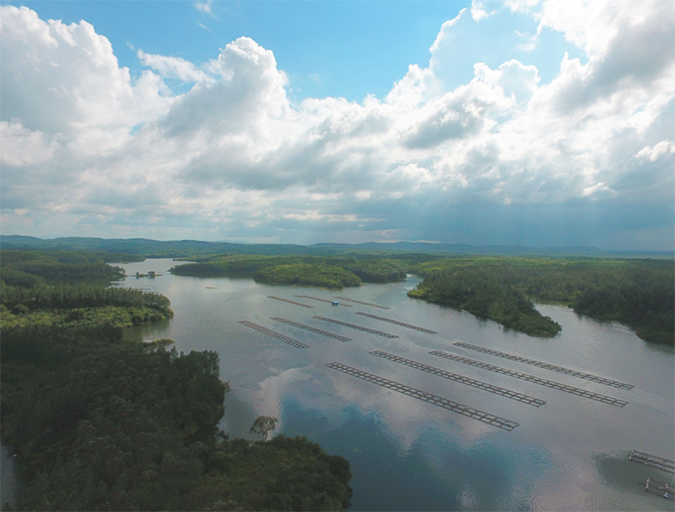
Intelligence
What will it take to make tilapia great again?
Once a darling of the sustainable seafood crowd for its vegetarian diet and potential to feed the world’s growing population, mild-mannered tilapia now has an image problem that may be causing a dip in consumption levels.


